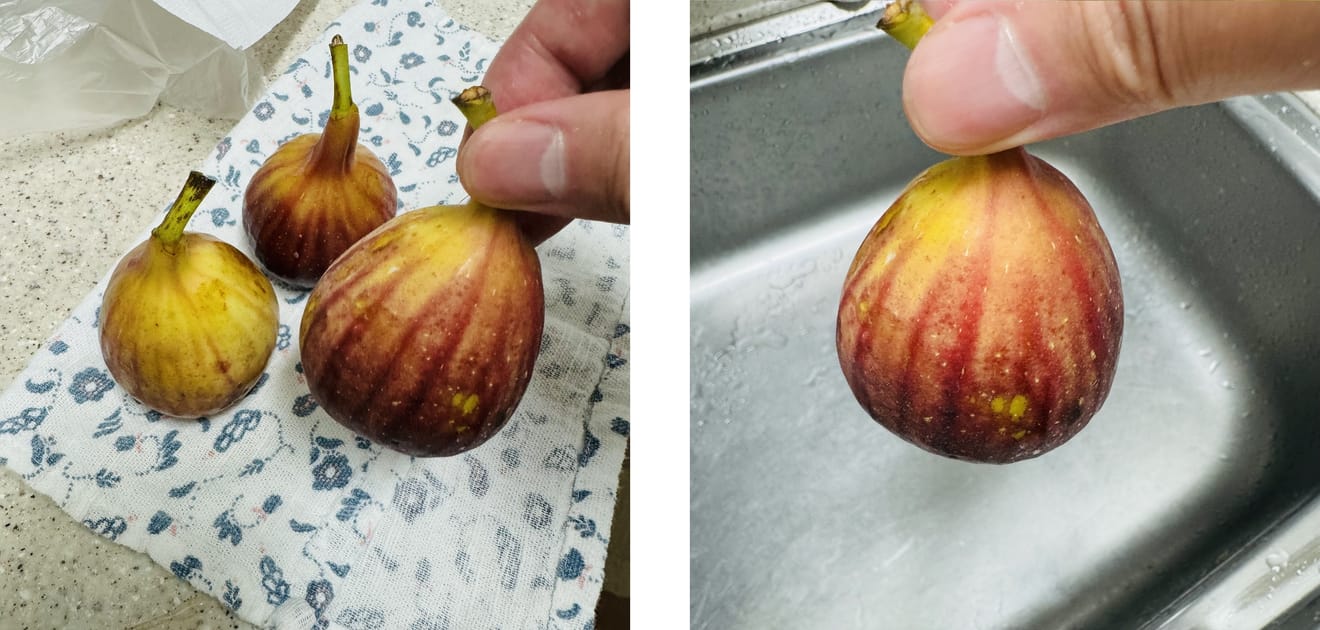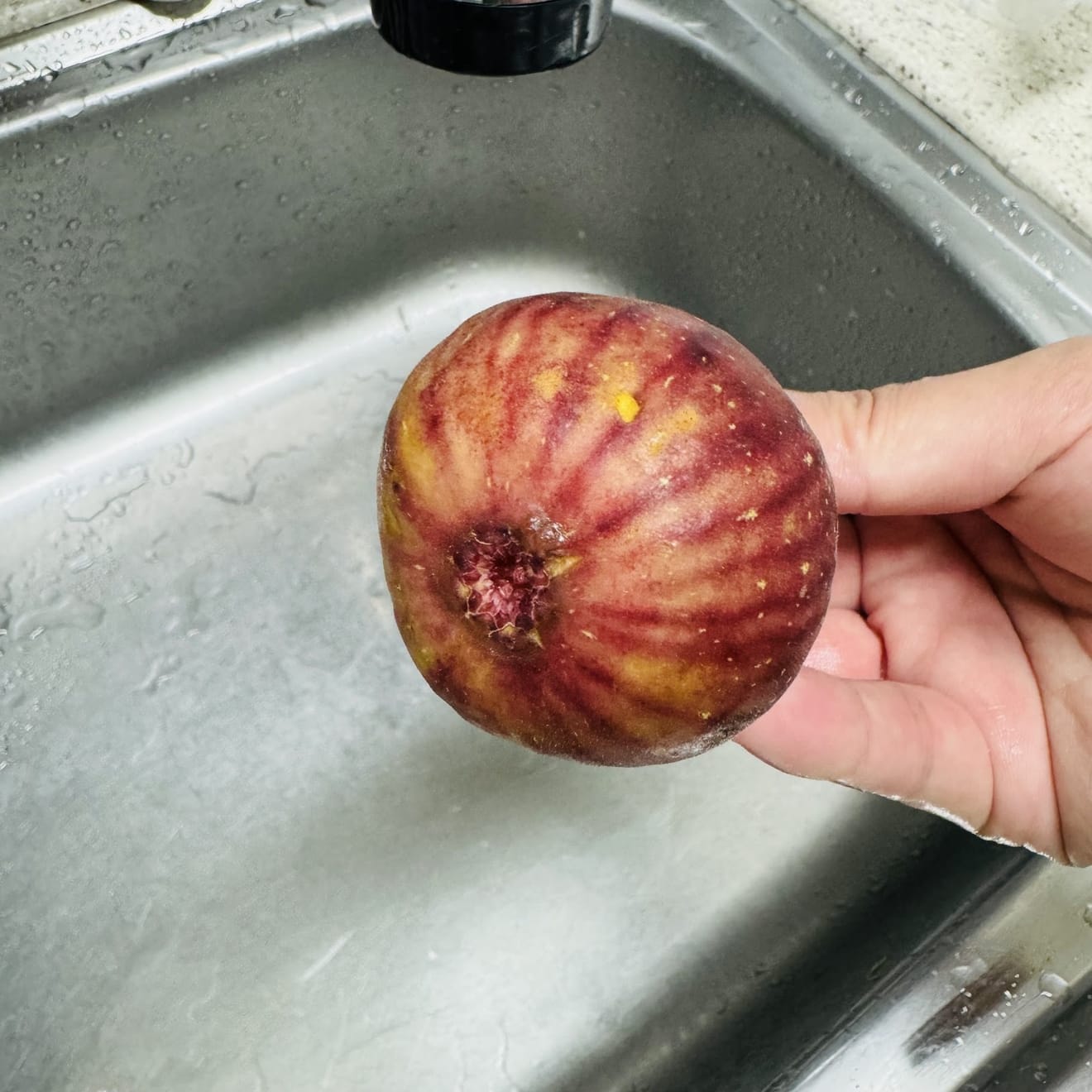Subject
- #Fig Storage
- #Fig Taste
- #Fig Uses
- #Fig Preparation
- #Fig Nutrition
Created: 2024-09-09
Created: 2024-09-09 15:01
The peak season for figs in Korea is from August to November. Considered a representative fruit of autumn, it is enjoyed by many due to its unique aroma and sweetness. Figs have been consumed since ancient times, and are a historically significant fruit, even appearing in the Bible. There's even a story that the leaves Adam and Eve used to cover themselves in the Garden of Eden were fig leaves.
In this post, we will delve into fig handling methods, storage techniques, and how to enjoy them in the most delicious ways!
Figs are a fruit that can be eaten peel and all, and it's common to eat them with the skin like plums or cherries. However, that doesn't mean you can just wash them and eat them. Figs are delicate fruits, so knowing the right handling techniques will enhance their sweetness and texture.

Fig Appearance
Washing Method: You should gently wash figs under running water while holding the stem. Be careful not to stand them upside down. Water entering the bottom can reduce sweetness, so it's important to hold the stem up and wash them with water flowing down.

Water can enter from the bottom of the fig
Eating with the Peel: The skin of figs is thin and soft, so there's no need to peel it before eating. If you're not comfortable with the skin, you can cut them in half and scoop out the inside with a spoon.
Figs are a tricky fruit to store. They bruise easily and can spoil quickly, so it's essential to follow the proper storage methods.
Refrigeration : Figs are best stored at low temperatures between 1°C and 5°C. However, it's ideal to consume them within 2 to 4 days. Leaving them for too long will cause them to soften and reduce their sweetness and texture. Also, avoid storing them in a clump. Instead, wrap each fig individually with a napkin or paper, then place them in a plastic bag for storage.

Looks like 'Hoguazwa' (Korean walnut cookie)... Individually wrap in paper and then store in a plastic bag
Freezing : If you want to store figs for a longer period, freezing is recommended. Frozen figs can retain freshness for about a month or two. Frozen figs are delicious when added to yogurt or smoothies.
Figs are delicious on their own, but they're also a versatile fruit that can be used in various ways. Their sweet and soft texture makes them a great addition to desserts and dishes.
Eating as Is : The most basic way is to eat them with the skin as is. You can eat whole washed figs or cut them in half and scoop out the inside.
Salads : Figs are also a popular ingredient in salads. Enjoying them with avocado, cheese, and nuts provides a harmonious blend of flavors with the sweetness of the fig.
Desserts : Figs with a touch of honey make an excellent dessert. Pairing them with cream cheese enhances their soft texture.
Making Fig Jam : Making jam with figs allows you to enjoy them with bread or yogurt. The unique sweetness of figs is preserved even when made into jam.
Figs are a fruit packed with nutrients alongside their sweetness. They're rich in vitamin C, dietary fiber, and potassium, beneficial for gut health and boosting immunity. Dietary fiber, in particular, is effective in preventing indigestion, hemorrhoids, and constipation, while potassium helps regulate blood pressure.
They are also said to be helpful in alleviating premenstrual syndrome, menopause, and menstrual pain.
Comments0